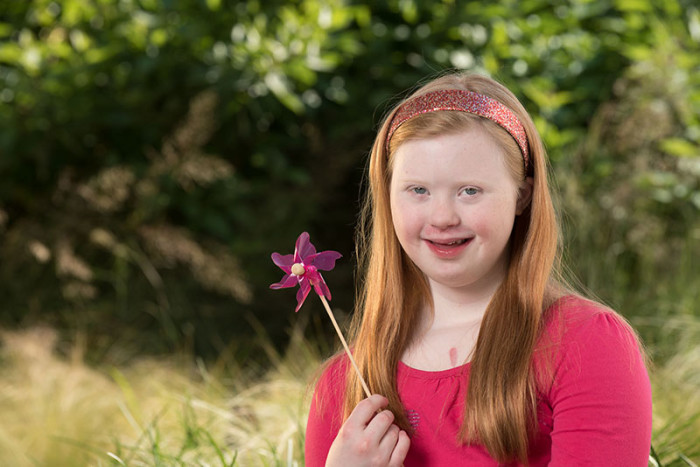Children's Emergency Department is now located in Children's Tower: 1001 E. Marshall Street.
Learn more
Our child life team helps patients feel more relaxed and comfortable throughout their medical journey. They also offer personal support that includes helping patients emotionally prepare for medical procedures like surgeries, blood draws and X-rays.
The child life team regularly uses breathing techniques to help kids feel calmer and relaxed. “By encouraging our patients to take slow deep breaths before a procedure starts, it helps them feel less anxious, less tense and calmer which in turn helps them cope with the procedure,” certified child life specialist Siri Bream explains. “Our goals are to give our patients a sense of control over their emotions and feelings; to let them know that it’s OK to be scared or nervous, but that when you take some slow, deep breaths and relax, it can help make that nervousness go away. Finding your ability to calm yourself down can also help to reduce pain, nausea, anxiety and anger.”
These very same breathing techniques can work for any age (parents, too) in any situation that makes an individual feel anxious or tense – from anxiety about getting a shot to nervousness before a speech, test or big game. Some of the breathing techniques and other calming strategies often used by our child life team are outlined below. Teaching children these techniques – and practicing them together when needed – can help your child through stressful situations. And if you’re specifically concerned about a child’s anxiety related to medical procedures, it can be helpful to first try these techniques at home or in a situation outside of a doctor’s office where a child feels anxious, so that if calming techniques are needed at the doctor’s office or hospital, it will be something the child is already familiar with.
Encourage slow deep breaths
Body awareness
Stretch! Have your child sit or stand and raise their arms, tense their muscles throughout their body and then release. They can also try stretching their arms out to the side as wide as they can, then releasing. Stretching helps lower the tension in our bodies that can cause pain, muscle aches, headaches and fatigue. By stretching, you’re increasing blood flow and encouraging deeper breaths (we often unconsciously take deeper, slower breaths when we stretch) which help muscles relax and decrease stress levels. Stretching just feels good! (You can find other fun and easy stretches and yoga poses online or in your app store.)
Progressive muscle tensing and relaxing can help encourage children to feel a sense of control and awareness of their bodies. Using a “relaxation script” can help guide a child through the process of muscle tension/relaxation. An example of this is having your child imagine they’re holding something like a wet, soapy sponge and squeezing it as hard as they can in their fists to squeeze out all the soap and water, then releasing the sponge to let it fill back up. After they squeeze and repeat a few times talk about how it feels to be tense versus relaxed and what they think is more helpful in making them feel better.
Note: Stretching is typically easier and more natural for kids to do and easier for them to follow the parent’s example, however, both can be beneficial.
Calming distractions
Listen to music that makes your child feel calm or happy. Encoura
ge your child to focus on the music, what the notes and different instruments sound like, what the lyrics say, and what they mean. Making a playlist to have on hand can be helpful. You can also try having them listen to nature sounds, the sound of waves, rain or a bubbling stream.
Try imagining/relaxation/distraction: Talk about a favorite vacation spot and what you’d be doing if you were there at that moment or discuss the rest of your day’s plans – even planning out dinner, lunch or a family outing.
Build their confidence
Work with your child on re-framing negative thoughts into positive ones by reminding them how strong they are and what they have overcome or accomplished in the past.
Ask your child to give themselves a “gold star” for a recent achievement (no matter how small!) and talk about the achievement together.
Lifelong skills
With guidance and practice, children can learn to do these calming techniques on their own when needed, and in doing so, they will build and strengthen their own coping skills and tools – which are great skills to have throughout life.
Contributors:
Siri Bream, certified child life specialist for inpatient care, burn care and surgery
Katie Barber, certified child life specialist for ASK Pediatric Hematology and Oncology Clinic